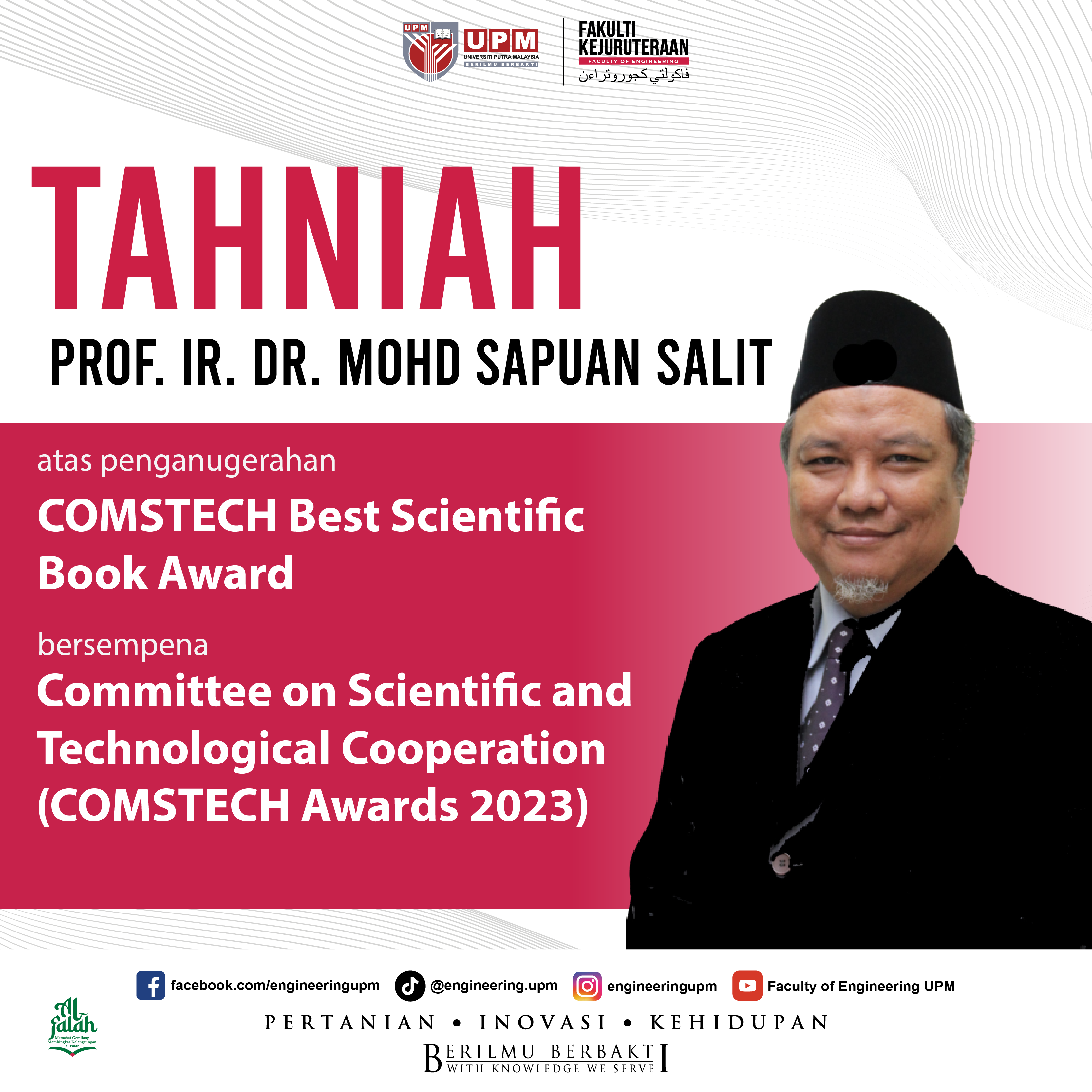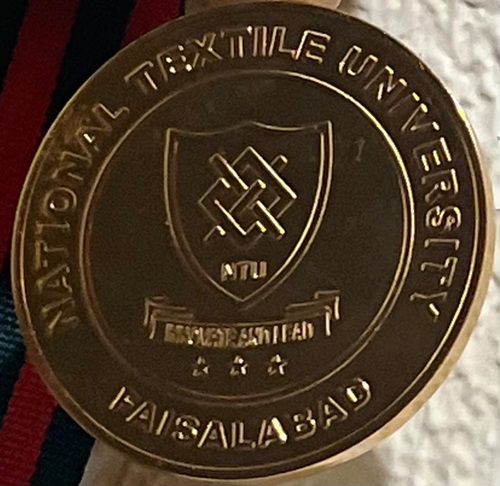Date: 1st October 2022
By: Mus’ab Abdul Razak
Metal organic frameworks (MOFs) are hybrid organic-inorganic crystalline materials with permanent porosities. MOFs are well-known for having molecular scale apertures, large internal surface areas (1,000 – 10,000 m2/g), and tunable pore sizes and surface environments. Unique properties of MOFs have drawn considerable attention for a wide variety of technological applications including gas storage, gas separations, gas sensing, catalysis, and drug delivery.
Dr. Mohamad Rezi, a senior lecturer from the Department of Chemical and Environmental Engineering, UPM and his team have spent close to two years finding a way to tune transport properties of MOFs for CO2 capture applications. CO2 removal from power plant flue gas (CO2/N2) or output of steam-methane reformer/water-gas shift reactor (H2/CO2) and subsequent sequestration is expected to play a key role in ramping down CO2 emission to the atmosphere.
“In our work, we attempted to fabricate CO2-selective MOF-based membranes as an alternative to amine-based adsorption technology for CO2 removal,” says Rezi “moreover, CO2 capture is considered as unsolved membrane application among membrane community”
Zeolitic-imidazolate framework ZIF-8 (a subclass of MOFs) is selected as a candidate material for CO2 capture applications due to its ultra-microporosity, thermal and chemical stability, and ease of synthesis.
“Effective aperture ZIF-8 is ~0.4 nm which is only useful for the separations of propylene from propane” he said “to isolate smaller gases such as CO2 from N2 or H2 from CO2, we need to make the aperture of ZIF-8 smaller, ideally between molecular sizes of these gases”
Dr. Rezi collaborated with researchers from Texas A&M University, USA and Texas A&M University at Qatar to develop a new method (i.e., delayed linker addition) to enlarge aperture of ZIF-8 by modifying the organic portion of ZIF-8. This allows for a controlled tuning of ZIF-8 frameworks. The hybrid material was fabricated as membrane and then tested for butane isomer separations. The work was published in Angewandte Chemie last year (https://doi.org/10.1002/anie.202015635)
“If we can make the pore size of ZIF-8 larger, we might be able to make them smaller as well” Rezi said.
At UPM, Dr. Rezi working closely with Dr. Mus’ab Abdul Razak’s lab to precisely engineer (i.e., tune) MOF structures that able to provide high resolution separation of CO2 from N2 or H2 from CO2.
“Utilization of molecular modeling/simulation is indispensable to create theoretical MOF structure and later predict their transport properties prior to synthesis” says Mus’ab

Date of Input: 26/09/2022 |
Updated: 26/09/2022 | ahmadadib
MEDIA SHARING




































